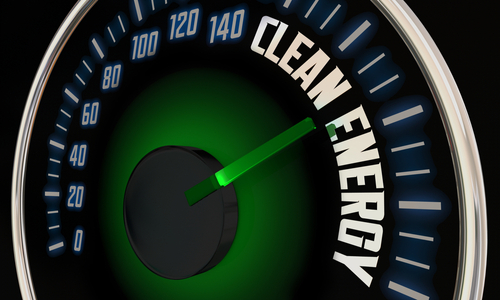Clean energy tax credit program reaches major milestone

The U.S. Department of the Treasury and Internal Revenue Service (IRS) reached a major milestone in its clean energy tax credits program.
The Inflation Reduction Act created two new credit delivery mechanisms — elective pay and transferability — that allow state, local, and Tribal governments; non-profit organizations, U.S. territories; and other entities to take advantage of clean energy tax credits. Prior to the IRA, many types of tax-exempt organizations, and even many businesses could not fully benefit from tax credits like those that incentivize clean energy construction.
“Increased access to clean energy credits is acting as a force multiplier so that more clean energy projects are built quickly and affordably, and more communities benefit from the growth of the clean energy economy,” Deputy Secretary of the Treasury Wally Adeyemo said. “Making it easy to access these credits also underscores the connection between realizing the economic and climate goals of the Inflation Reduction Act and modernizing the IRS. The IRS has quickly delivered modern technology with IRS Energy Credits Online, making it easier for eligible companies who do business in the United States, and state and local governments, to take advantage of clean energy incentives.”
The milestone that Treasury and IRS recently reached is that more than 1,000 projects have now registered through the new IRS Energy Credits Online (ECO) portal to benefit from these new provisions.
“We have surpassed a major milestone with more than 1,000 facility registrations through the tool,” IRS Commissioner Danny Werfel said. “This new tool helps key groups with these clean energy credits as well as improves communication and reduces compliance issues. This effort is part of our larger transformation effort underway across the IRS as our efforts continue to accelerate.”
The IRS built the ECO portal for taxpayers to complete the pre-file registration process and receive a registration number. The registration process helps prevent improper payments to fraudulent actors and provides the IRS with basic information to ensure that any taxpayer that qualifies can readily access these benefits upon filing a return.
For the IRS ECO direct pay, transferability, and CHIPS functionality, approximately 145 entities have requested registration numbers for more than 1,290 projects or facilities located in 40 states and territories. Of that, more than 1,170 projects or facilities are pursuing transferability and more than 110 projects or facilities pursuing direct pay.
In addition, another 180 entities have created accounts through IRS ECO, and may be working on submissions, but have not yet formally requested registration numbers. Registration numbers will be issued on a rolling basis and Treasury and the IRS anticipate the first registration numbers will be issued later this month.
The IRS has published detailed information on how to complete pre-filing registration, including a user guide with information related to each specific credit.
